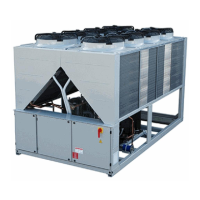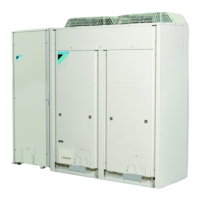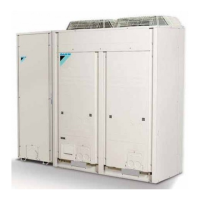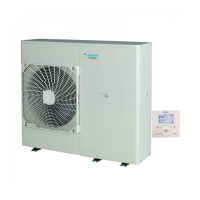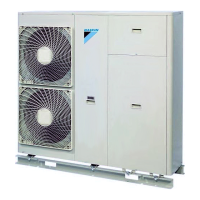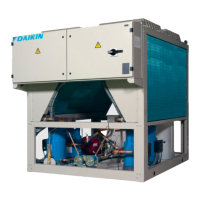Condenser Coil Maintenance and
Cleaning Recommendations
Routine cleaning of coil surfaces is essential to maintain
proper operation of the unit, avoid corrosion and rusting.
Elimination of contamination and removal of harmful residues
will greatly increase the life of the coil and extend the life of the
unit.
The following maintenance and cleaning procedure are
recommended as part of the routine maintenance activities.
REMOVE SURFACE LOADED FIBERS AND DIRT — Surface
loaded fibers and dirt should be removed with a vacuum
cleaner. If a vacuum cleaner is not available, a soft non-
metallic bristle brush may be used. In either case, the tool
should be applied in the direction of the fins. Coil surfaces can
be easily damaged (fin edges bent over and damage to the
coating of a protected coil) if the tool is applied across the fins.
NOTE: Use of a water stream, such as a garden hose, against
a surface loaded coil will drive the fibers and dirt into the coil.
This will make cleaning efforts more difficult. Surface loaded
fibers must be completely removed prior to using low velocity
clean water rinse.
Unit Maintenance and Cleaning
Unit exposed to the highly aggressive environments can face
corrosion in a shorter time than ones installed on standard
environment. The corrosion causes a rapid rusting of the frame
core, consequently decrease the unit structure life time and
decreasing the esthetic of the unit. To avoid that, it is
necessary to wash periodically the frame surfaces with water
and suitable detergents.
In case of part of unit frame paint came off, it is important to
stop its progressive deterioration by repaint of the exposed
parts using proper products. Please contact factory to get the
required products specifications.
Note: in case of just salt deposits are present, it is enough to
rinse the parts with fresh water.

